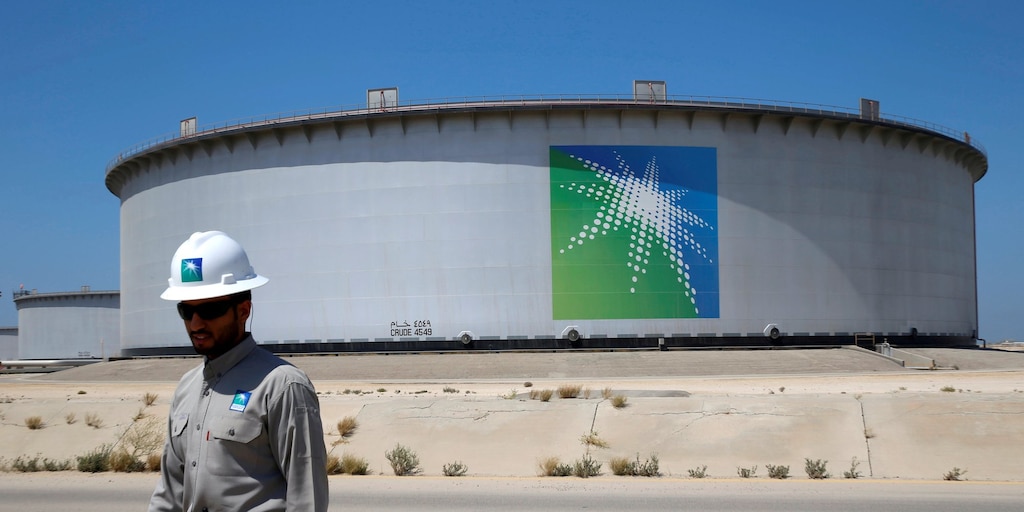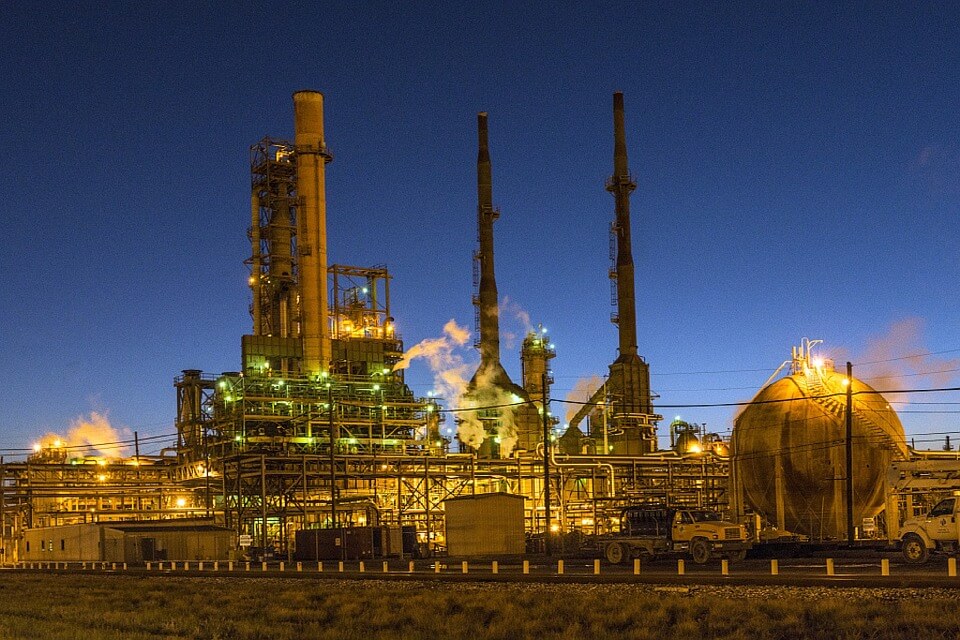The world’s most profitable company listed its first public shares in the first week of December – in the largest IPO of all time – and you didn’t get your chance to buy? Don’t worry, be happy. May I offer you a much better idea?

The Saudi Aramco pre-IPO price guidance tells us at least one of three things. Either:
- The Saudi Aramco IPO is way overpriced. Or,
- US energy stocks are way underpriced. Or,
- Both of these things are true at the same time.
If we check out the S&P 500 Energy Index (ticker symbol SPN) , made up of the 28 largest US-listed companies, they make a nice comparison with the Aramco listing. I’ll start with the math comparison, and later move on to comparing governance.
Aramco sold 1.5% of itself and priced at the IPO in December as initially worth $1.7 trillion.1 The 28 US-based companies in the SPN are currently valued by public markets, if you add them all up, at 1.1 trillion. In other words, they are valued at 35% less than where Aramco launched.
Aramco produced annual profits of just over $111 billion in 2018. Meanwhile, the SPN companies produce annual profits, if you add them all up, of $291 billion. In other words 262% more in annual profit for US energy companies than Aramco. I don’t know. 2.62 times the annual profit at 65% of the price? That’s my dumb, but also pretty good way, to look at it.
I suppose you could get into proven oil and gas reserves and more complicated analysis here on the future profitability of exploration and production companies, but I like simple, so thanks for indulging me on my simple analysis.
What other way can we understand the relative performance and value of US energy stocks? Here’s one. While the US S&P 500 Index representing all 500 of the largest US-based stocks soared 178% between 2009 and 2018, the S&P E&P Index representing the largest oil and gas companies shrunk 2% overall.
Also, the US energy sector market value, as a percentage of the S&P 500, has hit an all-time low in 2019. So investors are merely modestly valuing US-based energy companies, and valuing them relatively less than they ever have. Just interesting to note.
I think markets are rarely wrong in the long run, so what explains this US energy sector versus Aramco anomaly? In the case of Aramco at least, it’s worth remembering the stock market did not actually drived the IPO price here.
ARAMCO History
Let’s briefly recap the history of the Saudi Aramco IPO. This is Saudi Arabia’s state-owned oil company, formed after the Kingdom nationalized holdings from oil giants Exxon, Texaco and Mobile between 1973 and 1976. Aramco has been sovereign-owned since then. The current leadership of the country, Crown Prince Mohammad Bin Salman al Saud (known as ‘MbS’ to the kool kids) believes that:
1. They have the world’s single most profitable company, and
2. MbS has long thought that they could sell some of the world’s most profitable company on the global stock market, they could use the proceeds to diversify into other industries and technologies.
This makes perfect logical economic development sense for the long term prospects of the Saudi Kingdom.
The problem for the past few months, however, is that MbS wanted a $2 trillion valuation for Aramco, while large global investors gave pre-IPO feedback to Aramco’s bankers that they would value the company around $1.2 to 1.5 trillion.
Saudi Aramco’s backup plan, therefore, was to reject the international feedback, and to instead sell shares to mostly Saudi investors on the Saudi stock exchange, at a valuation of $1.7 trillion. Since they planned to sell only 1.5 percent of the company, that would – simple math tells me – raise around $25 billion.
The great thing about selling only to Saudi investors is that MbS as recently as October 2017 locked many of them and their relatives in the Ritz Carlton hotel, Riyadh for up to three months, essentially as hostages, until they coughed up money to the Kingdom, reportedly netting around $106 billion. This was described by MbS’s government as an anti-corruption campaign at the time (and who’s to say, maybe some of them are corrupt?) but there’s only the subtlest distinction between what actually happened and what a mafia shakedown would look like, if conducted entirely at the Ritz Carlton, Riyadh. MbS is also widely believed to have ordered the murder and dismemberment of Washington Post columnist Jamal Khasshogi and other dissidents, a point also surely not lost on local wealthy investors.So we’re not exactly getting, let’s say, efficient market pricing feedback from local Saudi investors here.
This listing on the Saudi exchange highlights Aramco two biggest problems – vulnerability to shocks, and governance.
US-Based Advantages
The US-based market for energy companies has the advantage of being highly competitive and diversified. This makes it flexible to respond if bad things happen.
What do I mean by “flexible,” and “bad things?”

For example, drone attacks lobbed in by Yemeni (Iranian-backed) forces shut down for some time half of the productive capacity of Saudi Aramco back in September.
It is hard to imagine a few drone attacks stopping or slowing the productive capacity of 28 different companies that make up the entire S&P500 Energy sector.2
Another huge advantage of the US-based energy sector is governance. Not to put too fine a point on it, but the CEOs of Exxon and Chevron don’t typically gather up all the wealthy folks in the world and lock them in a hotel like hostages until they pledge to do the company’s bidding. Say what you will about them, but the US energy sector corporate leadership is considerably less stabby than MbS. For that reason alone, US energy companies should be valued by investors well above Saudi’s Aramco.
To keep local Saudi investors in line and prevent them from doing the rational thing – like selling Aramco shares and buying much more attractive alternatives like US energy companies – the local Saudi investors’ shares will be ‘locked up’ for a year after the IPO, restricted from selling.

Capitalism is really great, except when it combines with command-economy authoritarian tactics that lock up investor’s money – or investors themselves – for long periods of time.
A version of this post ran in the San Antonio Express News and Houston Chronicle (a bit before the December IPO.)
Post read (111) times.

